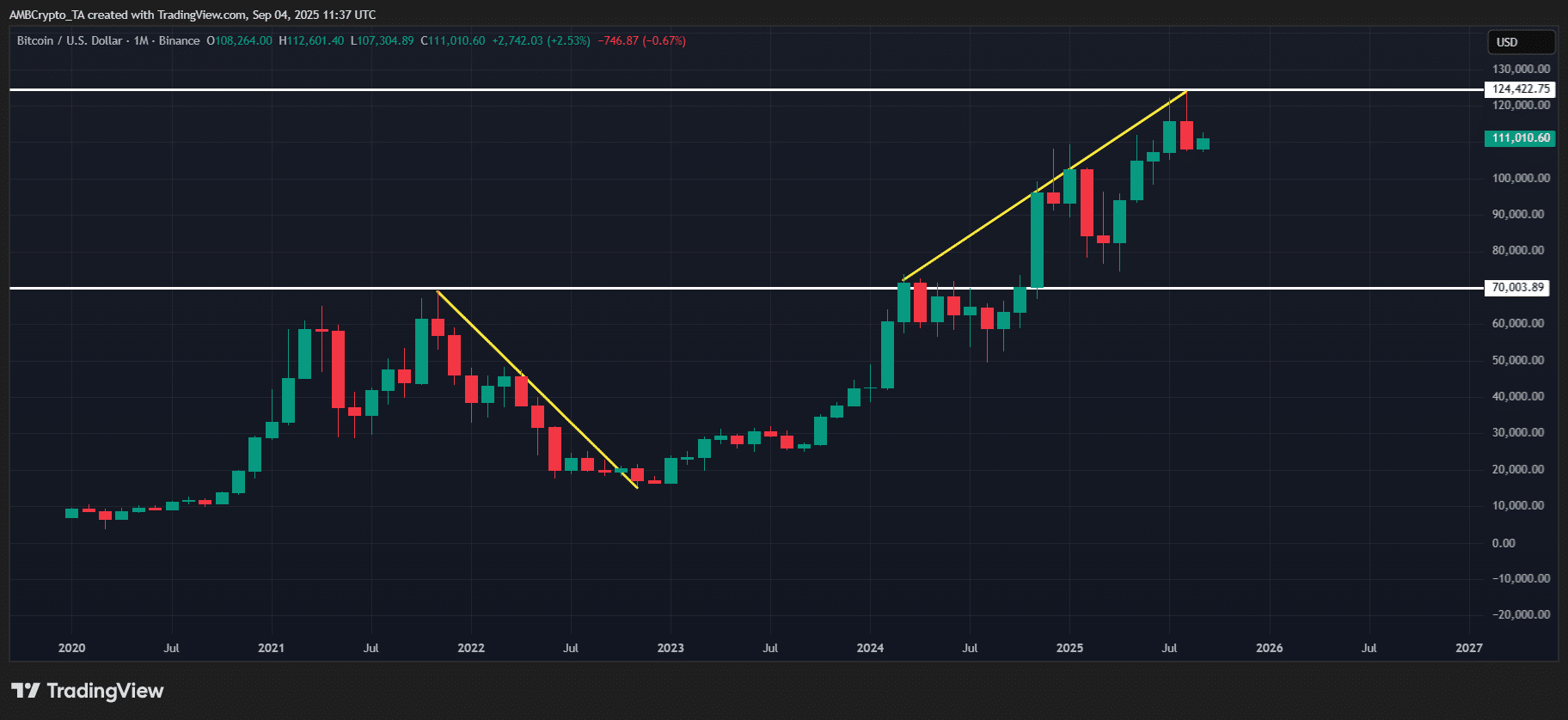Bitcoin whale supply in the 100–10k BTC cohort has contracted: these addresses now hold about 9.29 million BTC (≈47% of circulating supply), while average BTC per-address fell to ~480, suggesting redistribution across the network rather than concentrated accumulation.
-
Whales (100–10k BTC) control ~47% of circulating Bitcoin supply
-
Average BTC per address in this cohort declined to ~480 BTC, down from 560 in 2024.
-
Data points: Santiment and Glassnode on holdings; TradingView on price action — ~9.29M BTC across ~2,066 addresses (~$1.1T on-chain).
Bitcoin whale supply shows contraction to 480 BTC per address; analyze redistribution and market impact—read key data and expert context on on-chain liquidity.
What is Bitcoin whale supply and why does it matter?
Bitcoin whale supply refers to the cumulative BTC held by large addresses; it matters because shifts can signal liquidity events, profit-taking, or redistribution. Rapid changes in whale-held supply often precede market volatility and can indicate where large liquidity is available on-chain.
How have 100–10k BTC whales changed since late 2024?
Entities holding 100–10k BTC controlled roughly 9.29 million BTC, about 47% of circulating supply, per Santiment. Glassnode analysis shows average BTC per address in this cohort declined to ~480 BTC from 560 in 2024. This trend implies either broader distribution to smaller holders or coordinated, strategic sells by large addresses.
Price context matters. TradingView recorded BTC rising to new highs in 2025, while whale per-address balances fell — an inverse pattern to prior cycles. That divergence suggests supply previously held by whales has been absorbed by retail, exchanges, and other on-chain participants without triggering a bear market.
Sources (plain text): Santiment, Glassnode, TradingView.
Why is the drop to 480 BTC per whale significant?
The per-address decline to ~480 BTC — back to 2018 levels — is significant because it coincides with persistent price strength. In 2022 a similar per-whale decline tracked a 63% price collapse to $17k; in contrast, the 2024–2025 decline occurred while BTC moved to new highs, indicating resilient demand and deeper distribution.
Interpretation: When large-address supply contracts while price rises, liquidity has likely flowed to a larger base of holders. That reduces single-point sell pressure and can support price discovery.

Source: Glassnode (plain text)
How did whale supply and price move through 2024–2025?
In the 2024 cycle BTC peaked at about $73k in March, while the 100–10k BTC cohort’s aggregate supply touched ~550 BTC average before slipping to ~510 by year-end. Profit-taking explains some of the reduction. However, 2025 saw three consecutive all-time highs, latest near $124k, while whale supply fell another ~12% versus a ~70% price increase — evidence of inverse dynamics between price and whale-held supply.

Source: TradingView (BTC/USDT) — plain text
Frequently Asked Questions
Do whales still control most Bitcoin?
Yes. Large addresses (100–10k BTC) hold nearly half of circulating supply (~47%), according to Santiment and Glassnode data. Control by large cohorts remains material to market liquidity and volatility.
Does a falling per-whale balance mean whales are selling?
Not necessarily. A falling average can indicate redistribution to more addresses, on-chain transfers to exchanges, or coordinated sells. Contextual price action and on-chain flows are needed to conclude definitive selling or accumulation.
How should traders interpret this liquidity event?
Traders should view the contraction in whale supply combined with rising prices as a sign that demand is broadening. Manage risk with position sizing and monitor exchange inflows and realized supply metrics.
Key Takeaways
- Whale concentration is high: 100–10k BTC cohort holds ~9.29M BTC (~47% supply).
- Per-address balances contracted: Average fell to ~480 BTC, implying redistribution.
- Market structure strengthened: Supply absorption amid price discovery suggests resilient demand.
Conclusion
Shifts in Bitcoin whale supply — particularly the contraction to ~480 BTC per 100–10k BTC address — highlight a structural liquidity event that has coincided with strong price discovery. Continued monitoring of on-chain metrics (Santiment, Glassnode) and exchange flows is essential. For insights and updates, follow COINOTAG coverage.
